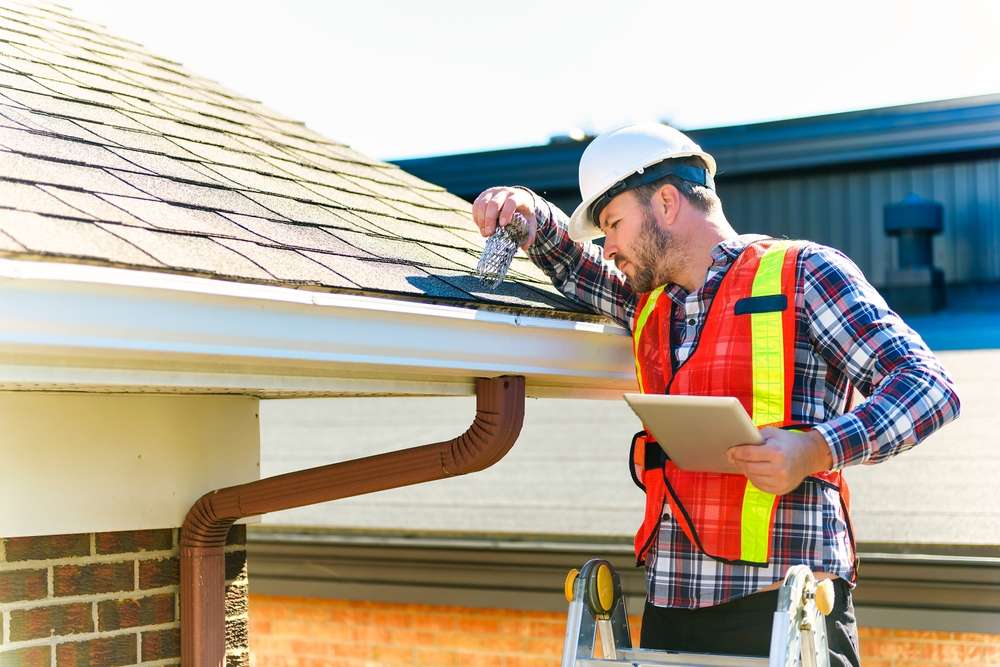A Practical Guide to Roofing Services in the UK: What Homeowners Should Know About Repairs and Maintenance
Whether you're dealing with a leak, ageing tiles, or simply looking to improve your home's protection, roofing services play a key role in maintaining a safe and weather-resistant property. This article provides a clear overview of common roofing issues in the UK, when it’s time to seek professional help, and what to expect during a typical roof repair or maintenance visit — so you can make informed decisions with confidence.

What are the most common roofing problems in the UK?
UK homeowners face several recurring roofing issues due to the country’s climate and architectural styles. Leaks are perhaps the most frequent problem, often resulting from damaged or missing tiles, deteriorated flashing, or blocked gutters. Another common issue is moss and algae growth, which can retain moisture and lead to roof deterioration over time. Wind damage is also prevalent, particularly in coastal areas or during severe storms, causing tiles to lift or completely detach. Additionally, poor ventilation in lofts can lead to condensation problems, potentially damaging the roof structure from the inside.
When should you hire a roofing professional?
While some minor roof maintenance tasks can be handled by homeowners, there are several situations where professional intervention is necessary. You should consider hiring a roofing expert if you notice persistent leaks, extensive damage after a storm, or signs of structural issues such as sagging. Professional help is also crucial for large-scale repairs, complete roof replacements, or when dealing with specialised roofing materials like slate or lead. Moreover, if you’re unsure about the extent of damage or lack the proper safety equipment, it’s always better to consult a professional rather than risk personal injury or further roof damage.
What types of roofing materials are commonly used in the UK?
The UK’s roofing landscape is diverse, with materials chosen based on factors like climate, architectural style, and local regulations. Clay and concrete tiles are widely used, offering durability and a traditional aesthetic. Slate is another popular choice, particularly in areas with historical significance, due to its longevity and natural appearance. For flat or low-pitched roofs, materials like EPDM (a synthetic rubber membrane) or bitumen-based systems are common. In recent years, there’s been an increasing interest in more modern options such as metal roofing and green roofs, which offer benefits like improved energy efficiency and environmental sustainability.
What are essential roof inspection and maintenance tips?
Regular roof inspections and maintenance are crucial for preventing small issues from escalating into major problems. Homeowners should conduct visual inspections at least twice a year, ideally in spring and autumn. Look for signs of damage such as cracked, loose, or missing tiles, and check for any debris accumulation in gutters and downpipes. Inside the loft, inspect for signs of water ingress or daylight penetrating through the roof. Trim overhanging tree branches to prevent them from damaging the roof during storms. Clear gutters and downpipes regularly to ensure proper water drainage. For pitched roofs, consider using biocides to prevent moss and algae growth, which can retain moisture and cause damage over time.
What are the signs that your roof may need repairs?
Recognising early signs of roof damage can save homeowners from costly repairs down the line. One of the most obvious indicators is water stains on ceilings or walls, which suggest a leak. Curling, cracked, or missing roof tiles are clear signs that repairs are needed. If you notice granules from asphalt shingles in your gutters, it could indicate that your roof is nearing the end of its lifespan. Sagging areas on your roof may point to structural issues that require immediate attention. Increased energy bills could also suggest poor roof insulation or ventilation problems. Additionally, if your roof is over 20 years old, it’s wise to have it professionally inspected, even if there are no visible signs of damage.
How much do roofing services typically cost in the UK?
The cost of roofing services in the UK can vary significantly depending on factors such as the type of service, materials used, and the size and complexity of the job. Here’s a general overview of typical costs for common roofing services:
| Service | Average Cost Range | Factors Affecting Price |
|---|---|---|
| Roof Inspection | £100 - £250 | Roof size, accessibility |
| Minor Repairs | £150 - £400 | Extent of damage, materials needed |
| Tile Replacement | £170 - £500 per m² | Type of tiles, roof pitch |
| Complete Roof Replacement | £5,000 - £15,000+ | House size, material choice, complexity |
| Chimney Repair | £200 - £1,000 | Extent of damage, height |
| Gutter Cleaning | £70 - £150 | House size, gutter condition |
Prices, rates, or cost estimates mentioned in this article are based on the latest available information but may change over time. Independent research is advised before making financial decisions.
When considering roofing services, it’s crucial to obtain multiple quotes from reputable contractors. Always ensure that the chosen professional is properly licensed, insured, and can provide references. While cost is an important factor, prioritise quality workmanship and materials to ensure long-lasting results and avoid frequent repairs.
In conclusion, understanding the basics of roofing services is essential for UK homeowners to maintain their property effectively. Regular inspections, timely maintenance, and knowing when to call in professionals can help prevent minor issues from becoming major problems. By staying informed about common roofing challenges and solutions, homeowners can ensure their roofs continue to provide reliable protection for years to come.




